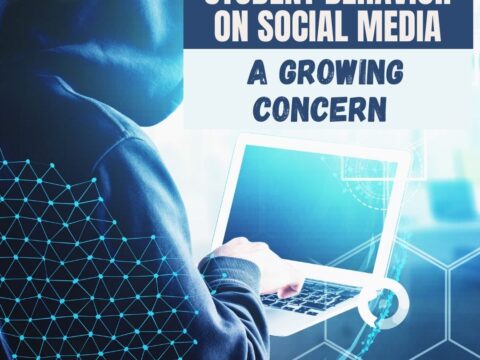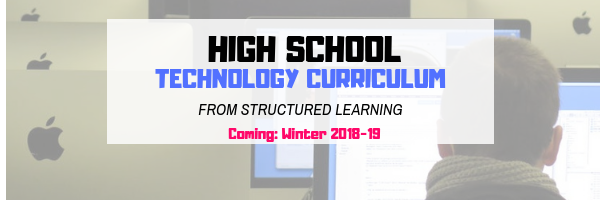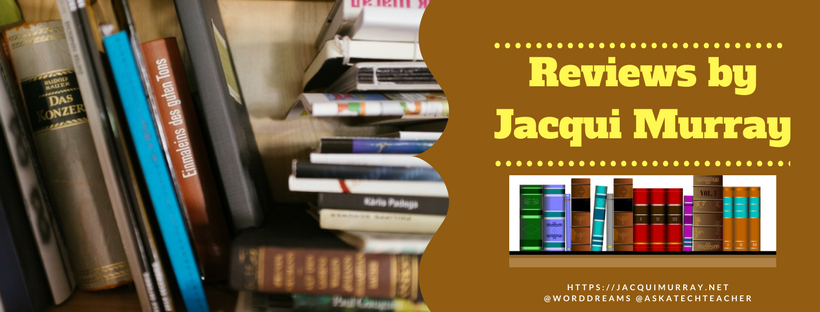Most teachers I know have used Twitter in their classes either to communicate with parents, share homework with students, for group study, to research on a topic, crowd source ideas with colleagues, or a myriad of other purposes (click here for more ideas). Ask a Tech Teacher contributor Christian Miraglia, Educational Consultant for T4Edtech, reminds us that how we used it at first is probably not how we use it now:
I Need an Idea, and I Need it Now!
You may remember the JG Wentworth commercial in which frantic customers shout out, “ I need my money, and I need it now!”. I sometimes lacked a plan as a teacher due to an overloaded schedule or mental exhaustion. “I need a lesson idea, and I need it now!” Where did I turn? Twitter. The social media platform became a resource when I was running on empty. Twitter as a classroom resource, you ask? Over the past two decades, Twitter has been a mainstay in my instruction.
How many followers do you have?
I began using Twitter in my classroom soon after its introduction in 2006. I found creative uses for it in my history teaching, even at that time. One group of students created a conversation between Andrew Jackson and the various Native American groups forcibly relocated to the Indian Territory. The discussion was based on the research of primary and secondary documents and was quite creative. Nowadays, there are so many social media platforms that it can be overwhelming to keep track of for teachers. When my students would ask me how many followers I had on my Facebook account and Twitter, I stated I did not know. “Two hundred, three hundred one thousand,” they probed. I would note I had no idea on my Facebook account, but maybe 500 on my Twitter account, and most of them are teachers.
The Why
My explanation for using Twitter did not resonate with my students, but here it is. I connect with other teachers for purely professional reasons, such as sharing resources, supporting each other, and building a network. Yes, it is nice to have followers, but that translates to more resources. Moreover, I have learned more from my teaching colleagues on Twitter than in any professional development sessions I attended. I cannot count the number of times I was stuck with a lesson, and another teacher teaching the same content would post a Google presentation or file for any teacher to utilize.
Some teachers would post videos of their lessons so that a viewer could see the instruction taking place. What a great resource. I, like many teachers, liked to promote the excellent work taking place in my classroom so other colleagues could view my students’ work. Although students are very much in tune with social media, not necessarily Twitter, it was an excellent chance to see a different approach to the platform. Using Twitter also kept the parents informed of the work that was going on in the classroom, but I soon defaulted to Instagram as most parents were using the platform.
Classroom Use
Another feature of Twitter is forming content groups for teachers where weekly conversations take place on pedagogy, current events, and the use of technology. Using a hashtag with the group’s name would provide access to a wealth of information for teachers seeking some guidance in their teaching practice. My favorites as a history teacher were #sschat #edtechchat and #edchat. A challenging exercise for students using the hashtag concept is to develop a relevant hashtag for a particular event or lesson concept. A teacher may have students tweet answers back to a specific question or summarize a topic using the 280 character limit. This activity requires the students to be creative in using words and characters such as emojis.
As Twitter moved into its second decade, templates for fake Twitter accounts for teachers showed up on the internet. Matt Miller, the Ditch That Textbook founder, was instrumental in creating various templates for the classroom. I assigned students to develop a running conversation between historical personalities such as Thomas Jefferson and Alexander Hamilton for a quick formative assessment for one lesson. The assignment followed various readings about the two figures. Utilizing emoji characters for this exercise also enhanced the creative process for the students.
For social studies teachers, Twitter is a great resource to study news stories and the concept of civic reasoning. The Stanford History Education Group has various resources for assessing the reliability of sources, including Twitter. In an era where much of the information consumed is relegated to characters and lacks considerable depth, this skill has become increasingly important in building civic and digital citizenship. Students can also study the volume of a particular trending hashtag to see how an organization promotes specific events or material.
Keeping Up
As Twitter evolved to become mainstream social media, my use did. I realized that I had to embrace Twitter for students to be engaged. Demonstrating that using social media tools went beyond the trends and likes became my mission. When the pandemic forced instruction to go remote, Twitter also became more instrumental as teachers clamored for lessons and sought support for the emotional grind of teaching. Moreover, with so many highly charged events taking place in our nation, my students would report the latest updates from various Twitter sources in the middle of class. Then we would proceed to analyze the reliability of the information. Bottom line, keeping up with social media is challenging enough for educators, but it kept me better connected with my students and fellow educators.
Bio
Christian Miraglia is a recently retired 36 year educator and now Educational Technology Consultant at t4edtech where he also blogs. He can be found on Twitter @T4edtech and on his YouTube Channel Transformative Edtech.
If the box above doesn’t work, try this link:
@T4Edtech #edtech
Jacqui Murray has been teaching K-18 technology for 30 years. She is the editor/author of over a hundred tech ed resources including a K-12 technology curriculum, K-8 keyboard curriculum, K-8 Digital Citizenship curriculum. She is an adjunct professor in tech ed, Master Teacher, webmaster for four blogs, an Amazon Vine Voice, freelance journalist on tech ed topics, contributor to NEA Today, and author of the tech thrillers, To Hunt a Sub and Twenty-four Days. You can find her resources at Structured Learning.







































Thank you so much for writing this article. I have been a member of Twitter for a number of years and follow many educators, however I really hadn’t though about using it for my students’ learning. I loved your example of the conversation between historical figures. It serves as an amazing formative assessment tool. Twitter has a also become an important tool for teachers to use in teaching the important skill of digital literacy and fact checking sources. I enjoyed your post and look forward to reading more entries.
Thanks for your comment, Jamie. If we can get past the social media tag attached to Twitter, it really does have a lot of useful purposes in education.
As educators meeting students where they are at is important. Although using Twitter was a risk, I dove in because it was something students were familiar with and it gave an opportunity for me to still teach the content and keep students engaged.
I had the same reaction, Christian. Students are excited about Twitter which made them pay more attention to me, and my lessons. Winners all around.
Using Twitter as a digital literacy tool as a history teacher was important as many students take for granted social media posts. Understanding sourcing is a vital part of their digital citizenship.
Agreed!